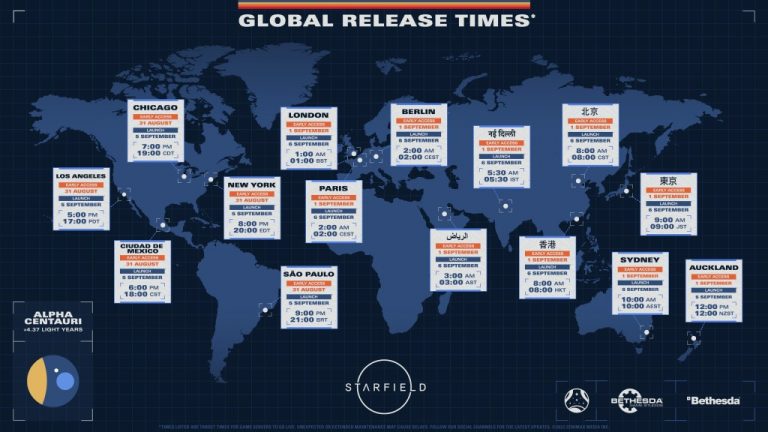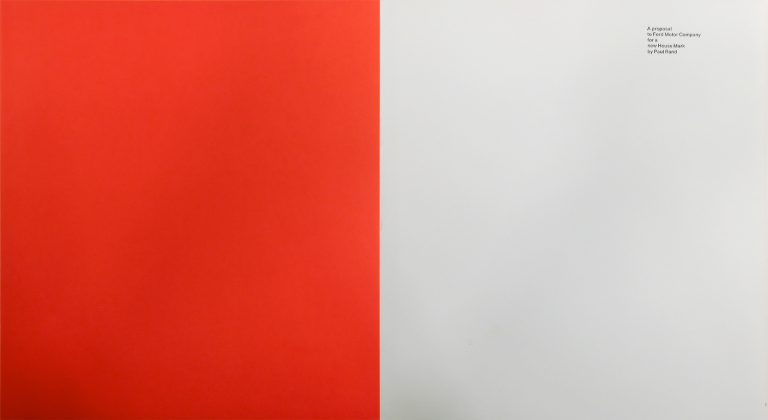This pandemic is like something out of a Roland Emmerich movie. It’s an observation that the director of Independence Day and The Day After Tomorrow has heard a lot in recent years. The way he tells it, even he made a joke about current events feeling like one of his films—except in slow motion. That said, getting through the last few years, and coming out on the other side with a finished film like this week’s sci-fi epic, Moonfall, was its own kind of space odyssey, complete with twists, turns, and even a proverbial moonshot.
“I started preparing the movie, and after two months or so, they sent us home because nobody was able to work anymore,” Roland Emmerich tells us while remembering the dark early days of 2020. “We had to leave Canada… so I went home and was just sitting around.”
The halting of production on Moonfall in Montreal, right before cameras were set to roll, occurred in the same fateful spring that saw the rest of the world enter an extended limbo. At the time, Emmerich was ready to film a project that had been years in the making: a narrative in which a plucky group of astronauts, plus one conspiracy theorist, travel into space to prevent… the Moon from crashing onto the Earth. In a fashion that’s typical of Emmerich’s movies, the concept is outlandish, broad, and also a story about experts coming together to beat the odds.
The story of Moonfall’s creation is a bit like that too. After losing its start date for principal photography—and one of its original cast members, Josh Gad, stepping away from the film—the picture nevertheless became one of the first major films to return to work in Canada during 2020, and the culmination of a lot of moviemaking wherewithal.
“I actually kind of think that it was good,” Emmerich says today. For starters, it gave the director, his line producer, and production designer more time to prepare the film, which they did from Montreal when they were eventually permitted back into the country. “It was like saying, ‘Oh we made a commitment, we are ready to go, we’re doing this.’” It also gave them an opportunity to streamline the film—and jettison excess weight into the cold vacuum of space.
Since Moonfall was largely independently financed—one of the rare ways Emmerich could get around what he sees as a growing disinterest in Hollywood for anything that isn’t a superhero movie—the film was not going to get any additional financing on top of its roughly $150 million budget. After what ultimately turned into a months-long pause, that led to some tough choices.
“It’s always super complicated between insurance and completion fund, and all these kinds of things,” says Emmerich. “And then we had to still shoot the movie. I wanted to shoot the movie in 70 days but now I had to cut nine days out and shoot it in 61. It was the only way we could make it, because the studios always have a budgeting ceiling, and this is financed, and nobody else will give you any more money.”
Traditionally, in a situation like this, you are expected to cut sequences out of the script. Instead, Emmerich decided that “it’s probably best I cut out shooting days and not scenes.”
The result was a tightly produced sci-fi extravaganza filmed at a pace apropos to the three-week time limit the main characters are operating under in the film. The finished film stars Patrick Wilson and Halle Berry as a pair of once tightly knit astronaut buddies who after an accident in space–which may have been due to something extraterrestrial in origin–has caused them to part ways. Berry’s Dr. Jocinda “Jo” Fowler has stayed at NASA, rising through the ranks to eventually become the head of the organization, while Wilson’s Brian Harper has washed out of the space program, becoming a drinker alienated from even his teenage son (Charlie Plummer).
But when a conspiracy theorist who no one believes (John Bradley) becomes the first Earthling to realize the Moon has exited its orbit and is slowly moving closer to our planet, it’ll be through Brian that he can reach Jo and NASA, giving Earth a fighting chance to prevent the Man in the Moon from obliterating all life on Earth in just a few weeks.
The film, which was co-written by Emmerich, was born from an idea he had after reading Christopher Knight and Alan Butler’s Who Built the Moon?, a conspiracy theorist’s touchstone which dubiously suggests the Moon is not a natural object but a “megastructure” that was presumably built by aliens.
“I was totally stunned by the book because I had never, ever heard about this,” Emmerich says. “So I got fascinated by the Moon and said, ‘I don’t believe in it, but maybe it’s a really cool idea for a movie?’” Then again, as the director notes, his career has always been somewhat blessed by lunar activity since Independence Day menacingly began with aliens erasing Neil Armstrong’s famed footprint.
Emmerich confesses he’s actually a fairly skeptical person when it comes to wild claims like the one at the center of Moonfall—although he still stands by the bold theory amplified by his 2011 film Anonymous that the Earl of Oxford was the true author of William Shakespeare’s plays. Despite such skepticism though, he spent much of the last decade steeping himself in the literature and minutiae that megastructure theorists base their claims about the Moon on.
For instance, when Apollo 13 dropped its S-IVB module on the surface of the moon in 1970, the seismic impact resulted in unexpected shockwaves that lasted for about an hour. One observer mused that the Moon “was ringing like a bell.” Conspiracy theorists have clung to that idea, asserting the Moon is hollow underneath the surface. Emmerich and his film also tap into the long speculated upon omission of two minutes of footage from the Apollo 11 Moon landing, which has been catnip for all sorts of conspiracy theories over the decades.
All of these elements are incorporated into Moonfall where it’s revealed the Moon is a hollow object and when an extraterrestrial force interferes with its purpose, it begins spinning in elliptical movements around the Earth, getting closer and closer until impact. Those elliptical orbits were the result of Emmerich and co-screenwriter Harold Kloser taking the concept to actual scientists. While experts noted that this would be impossible to actually happen since the Moon is a natural object, some pointed out that if the Moon were to theoretically leave its orbit, it would continue to rotate instead of dropping straight down like something out of The Legend of Zelda: Majora’s Mask.
“It’s super important,” Emmerich says about scientific feedback, “because when you don’t do that, the movie falls apart, because you can’t have all the answers; scientists have all the answers. And you have to really listen to them too. So I learned a lot of stuff about the Moon and the space shuttle program, and I listened to them, and then I changed my script accordingly.”
One such influence came from the realization that only when the Moon crested—that is to say appears to rise over the horizon while making its increasingly closer rotations—would it become visible again as it fell. Additionally, as it appeared to rise overhead from the human perspective, it would distort gravity, but not in a way where people would necessarily fall straight upward.
“Whenever the Moon rises, it’s always that angle,” Emmerich explains. “That was, for me, totally new. How would you ever believe that? But it always [looks like it is going] up and up, and up, and sinks again. Also everything lifts off, but it only lifts off at a certain point.”
Emmerich has some fun in the third act with using those elements to destroy the surface of the Earth. But his primary focus in this movie is the unlikely trio of heroes—Berry, Wilson, and Bradley’s astronauts—piloting an old defunct NASA shuttle back into space for a Hail Mary attempt to prevent global annihilation.
And to Emmerich’s happy surprise, this was made visually possible by the real cooperation of NASA.
Read more
“I was honestly thinking they would not support us and then they supported us,” says Emmerich, “which was kind of a strange thing for me, but I also understand it in a way. Because if they only supported movies which take place in space and are realistic, they would not have quite [the same] excitement about space exploration. So I think they’re taking all the good parts and are then telling us, ‘Leave us out of this [scene], leave us out of this, leave us out of that.’” He adds with a laugh, “They were totally onboard, but they [insisted] that the Moon is not built. It’s a natural object and it will stay in its orbit forever.”
As loopy as the concept is, Emmerich thinks the movie does a good job at reminding folks about the importance of NASA and the legacy of the space program.
Says Emmerich, “[The shuttles] are all in museums, you know? They’re in four or five museums. But it’s surprising how much those shuttles are still together, because it was too offensive to actually take them apart, so they left everything like it is. And that was actually good for us, because if you have to more or less put a shuttle together in one and a half weeks, you can actually put it together. And with a lot of effort you can get it up into the sky.”
They fly high in Moonfall too, a movie which ends where Emmerich’s tenure as a disaster movie maestro began: on the Moon.
Moonfall opens in theaters on Friday, Feb. 4.












